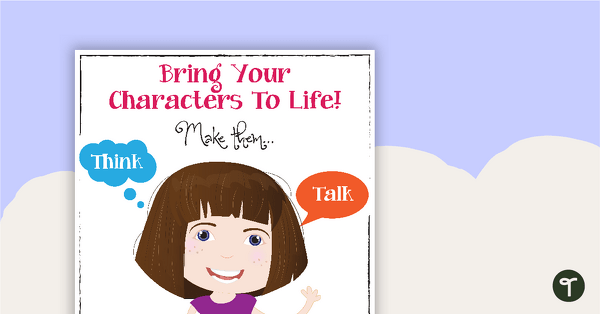Teach the seven steps in the scientific process with a printable Scientific Method Anchor Chart
Teach the 7 Steps of the Scientific Process With Us!
The scientific method is a systematic approach used to investigate questions, solve problems, and make discoveries in science. For teachers, it serves as a foundational tool to guide students in developing critical thinking and analytical skills. By following its structured steps, you can help your students engage in hands-on learning, experiment with hypotheses, and explore real-world phenomena right in the classroom. The scientific method encourages inquiry-based learning, making it the perfect way to inspire budding scientists! This year, we’re excited to help you inspire and engage your students with brand new printables and teaching tools for bringing the scientific method to life in your classroom.
Printable Scientific Method Anchor Chart for Upper Grades
Bring science to life in your classroom with our vibrant, easy-to-understand printable Scientific Method Posters! Designed specifically for upper elementary students, these posters break down the 7 steps of the scientific process into kid-friendly language. Each step is clearly explained with simplified language and statements to help students grasp important concepts, such as
- Look at the world
- Ask questions
- Form a prediction
- Collect and record data
- Interpret results
- Draw conclusions
- Communicate findings
🖨️ Easily Prepare Your Printable 7-Step Scientific Method Posters
Use the dropdown icon on the Download button to choose between the colour or black and white version of this resource. We have also included a printable PDF, as well as a fully editable Google Slides resource file.
Don’t stop there! Make sure you check out these handy resources to add to your Science lesson plans today!
[resource:2674298] [resource:2672890] [resource:2672570]












0 Comments
Write a review to help other teachers and parents like yourself. If you'd like to request a change to this resource, or report an error, select the corresponding tab above.